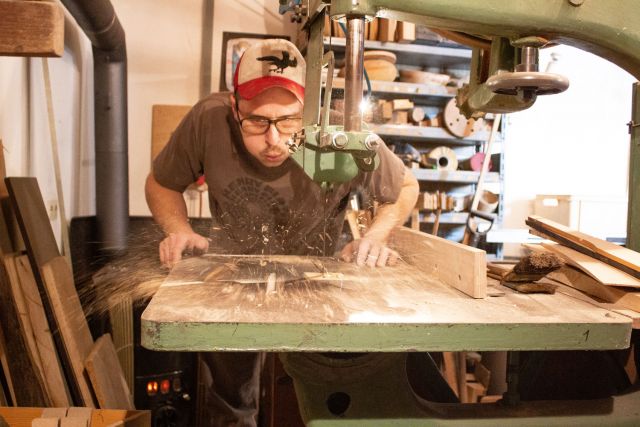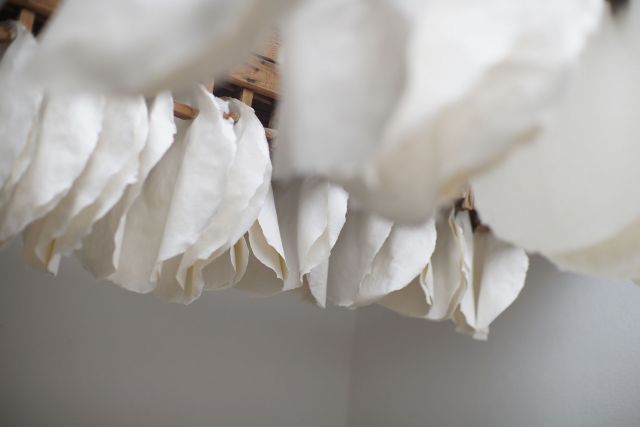These three complex containers are crafted from two tubular parts, like a closed quiver with form-locked penetrating joints. With bevelled strips of hardwood, each tube has a cooper-like construction. The lathe is used to finish the surfaces finely textured.
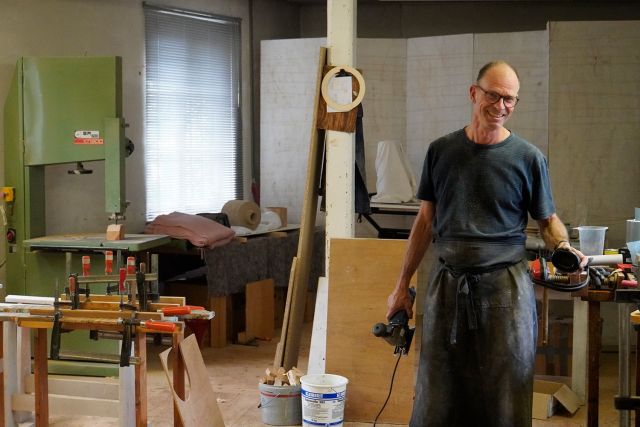
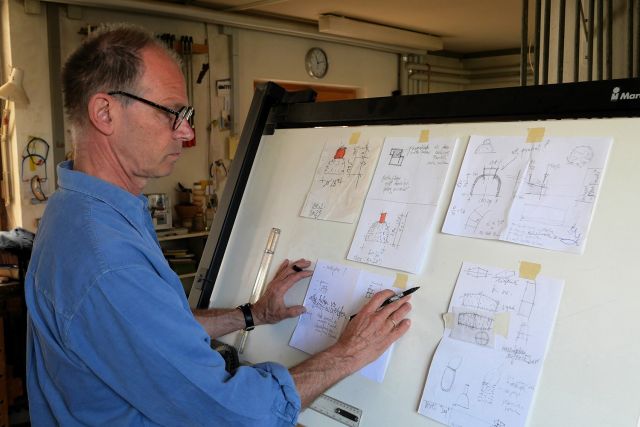
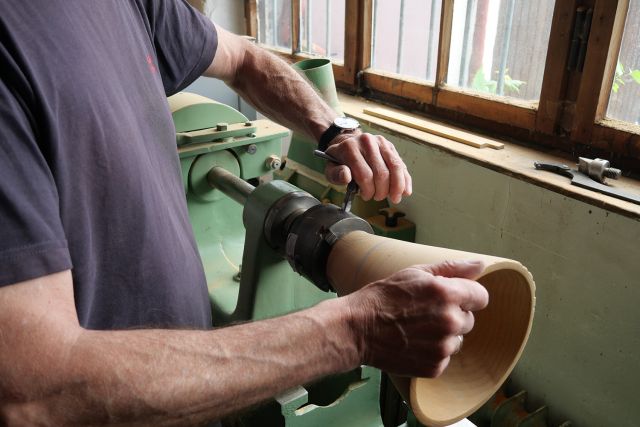
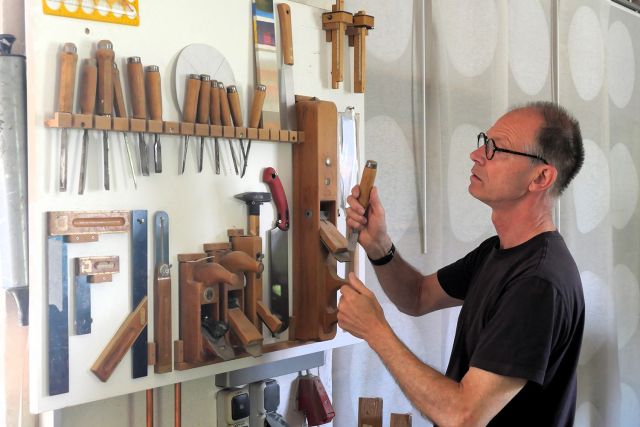
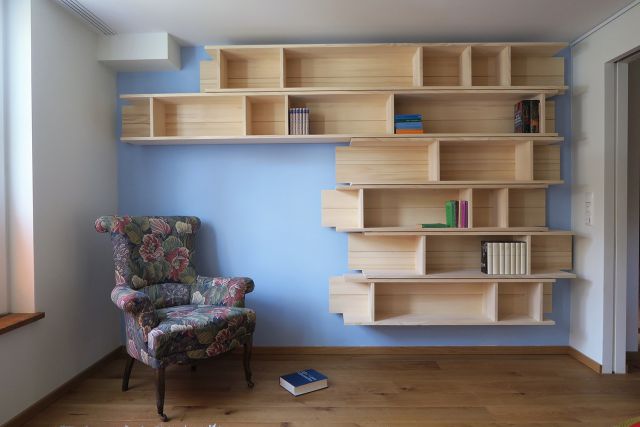
Christoph Leuner
- Woodworker
- Garmisch-Partenkirchen, Germany
- Master Artisan
- Recommended by Zentralverband des Deutschen Handwerks
By appointment only
+49 88212969
Puristic characters in wood
- • Christoph's design philosophy is to create simple and functional pieces
- • Over 50 objects appear in his HOLLOW-BODY series
- • His wife is a ceramicist and his artistic partner
Even before he could own a knife, Christoph Leuner found a way to work with wood. After high school, he decided to train as a carpenter at the Technical College for Wood Sculptors in Garmisch-Partenkirchen, where he was deeply impressed from his very first visit. He returned there as a lecturer later in life. Christoph's woodworking skills were encouraged as much as his design interests at this college. He also met his most reliable artistic exchange partner here, the ceramicist Stephanie Borchardt, who became his wife. Christoph's series HOLLOW-BODY exemplifies the diversity of his skills. What began as a remembrance object for his daughter's baptism has evolved into an ensemble of over 50 objects, created over decades. He incorporates almost every type of woodworking technique into them and invents new techniques in the process. They all have in common Christoph's design philosophy, which is to create simple and functional items that can stand alone and behold their own enigmatic character.
Read the full interviewWorks
Photo: ©Christoph Leuner

Photo: ©Christoph Leuner
This group of three jewellery boxes is hand-turned. One of them has a polygonal shape and the other two are circular. They have a rough plane texture on the surface and pigmented inlays with dots or lines. They were made in homage to Kandinsky.

Photo: ©Christoph Leuner
The topside of this group of jointed boxes is open. The front panels are squared and have different textures created by different processing techniques, such as cutting, inlaying, embossing. All of them contain three cylindrical tumblers for flowers inside.

Photo: ©Christoph Leuner
There are 12 box-objects in this group. Each consists of a body, a closing plug, and a splint pin. They can all be dismantled and all contain a small cubic space inside.

Photo: ©Christoph Leuner
Each of these three box-objects consists of two open vessels inside a self-contained box. They are made of layered parts of fibreboards with broken splintery edges. Different shades of red pigment are used to colour the top pieces. Haystack shapes are suggested by their shape.






